Popular for Dense, Pyramidal Growth
Why Black Hills Spruce Trees?
A superior spruce tree that's popular for its dense, pyramidal shape, the Black Hills Spruce Tree is a favorite for its thick, uniform shape and amazing ornamental growth. A cousin of the White Spruce, the Black Hills shines with its ability to thrive despite poor soil and bad weather.
In fact, the Black Hills Spruce is the most tolerant of the worst conditions. Of course, every spruce can stand up to a rough winter, but this tree can survive unusually hot summers far better than other varieties. Tolerant of drought and rain exceeding 10 inches per year, the Black Hills Spruce can also grow in dry or wet soils.
And it can last a lifetime. Sometimes living more than 80 years and growing to heights of 60 feet, this majestic tree will stand out in your landscape. The dense, blue-green to dark green needles and full, thick branches of the Black Hills will bring distinction to your yard.
Why Fast-Growing-Trees.com is Better
For starters, the density of the branches makes this tree a perfect privacy fence. By planting several in a row, you can create a grand and ornamental fence that serves two functions. But the best part? We've planted, grown and nurtured our Black Hills Spruce Trees for top results in your own landscape.
You won't get the same experience at big box: From our planting process to shipment with care, you reap the rewards of our hard work at the nursery. And the Black Hills Spruce becomes more popular each year. So, see what all the hype's about...get your own Black Hills Spruce today!
Planting & Care
1. Planting: Plant your Black Hills Spruce in a spot in your yard that gets at least 4 hours of sun each day, and choose an area with well-drained soil.
To plant, spread 2 inches of organic fertilizer on the ground in an area that is two times as large as the root ball. Till the fertilizer into the ground. Be sure to go slightly deeper than the longest root and continue twice as wide as the canopy. Place the tree in the loose soil and press the soil down until the tree's roots are completely covered.
2. Watering: Water the ground immediately after you plant your tree, but don't oversaturate. Your tree will only need around 20 inches of water each year, so you may not need to ever water your tree unless there is a severe drought.
3. Fertilizing: If you notice stalled growth, add one inch of organic fertilizer under the entire tree canopy each spring to encourage faster growth. If you do, you'll need to water the ground after you apply the fertilizer to ensure it reaches the roots.
4. Pruning: If you do see infested or diseased branches, you can prune them down to the trunk in the fall.

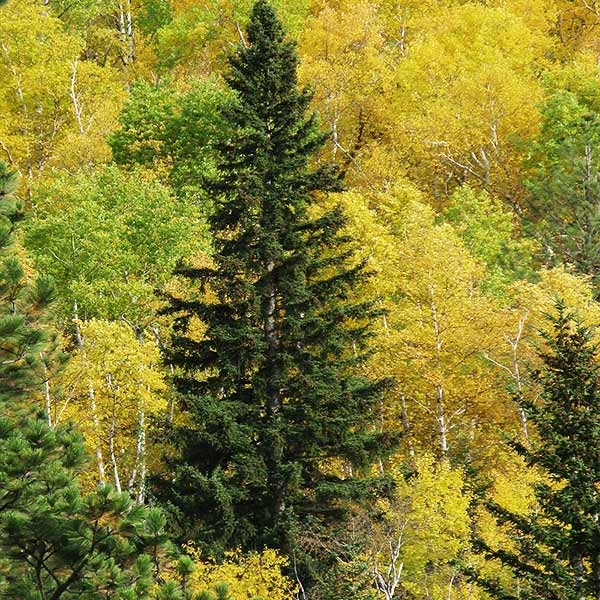
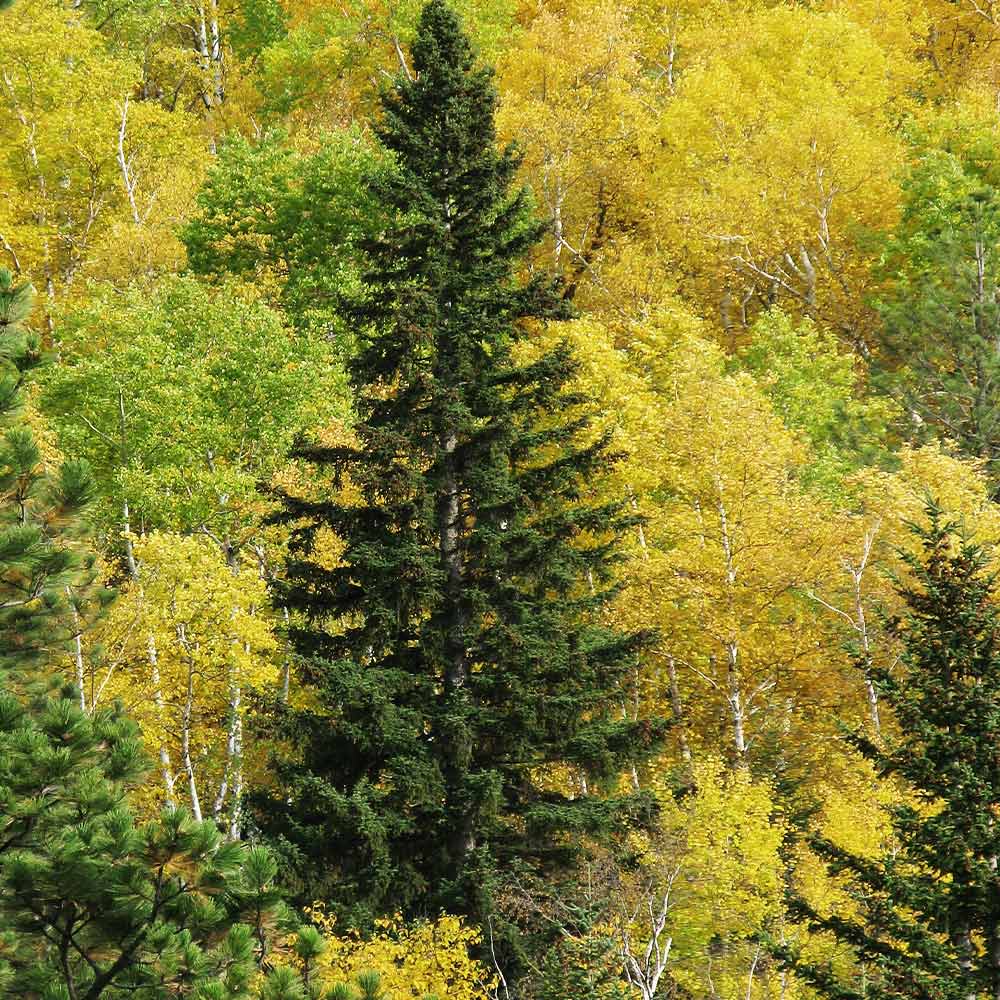
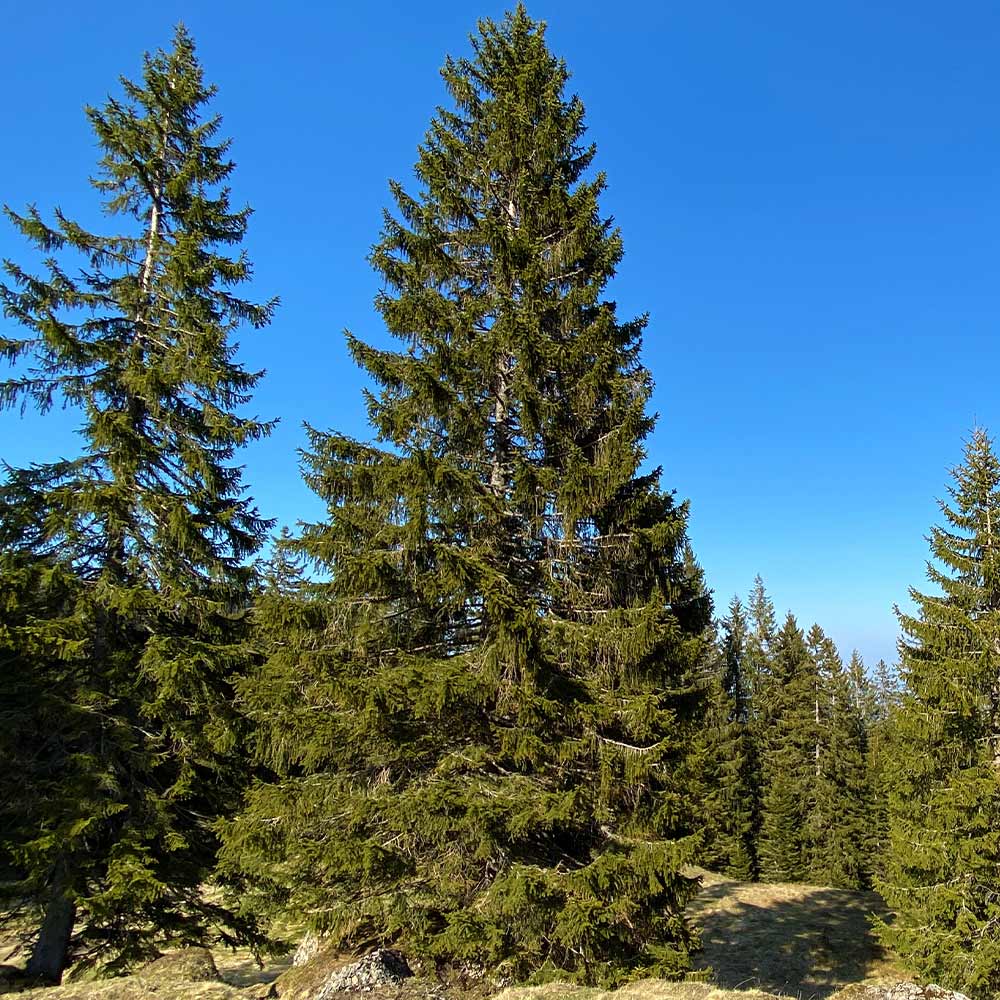
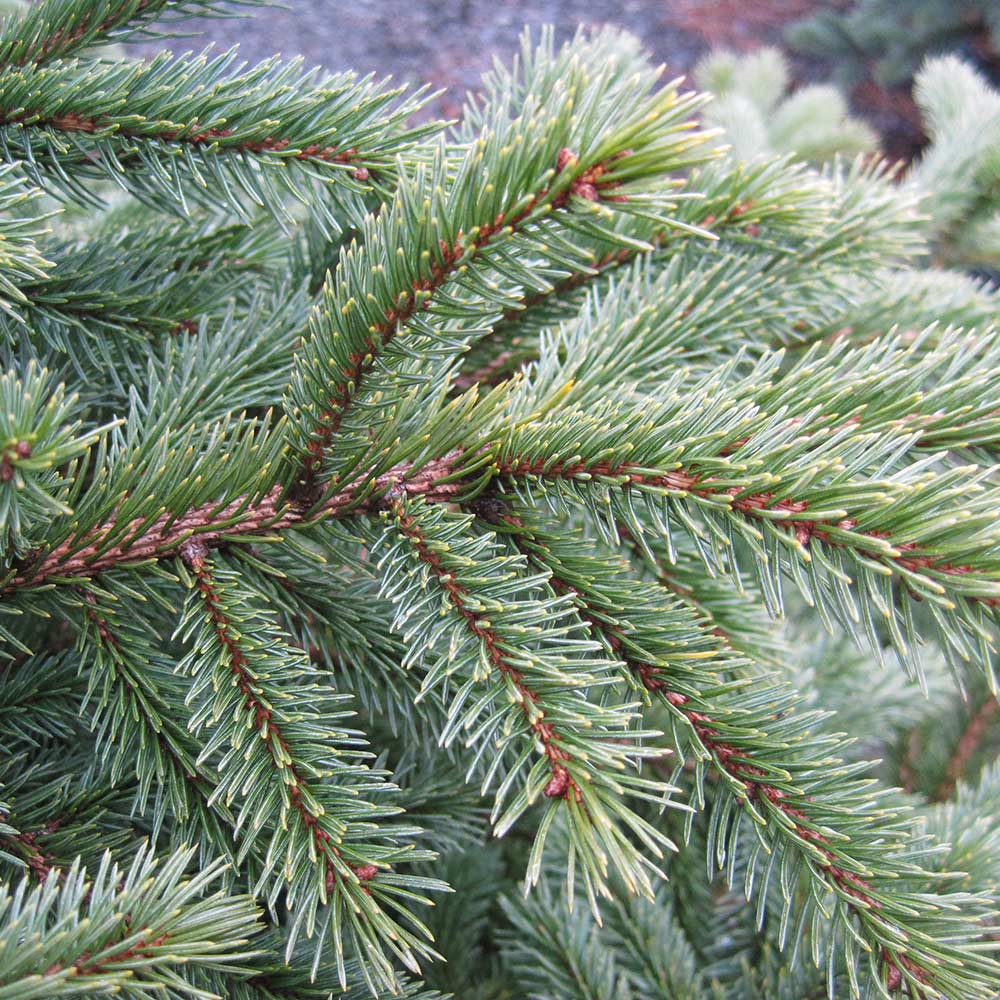
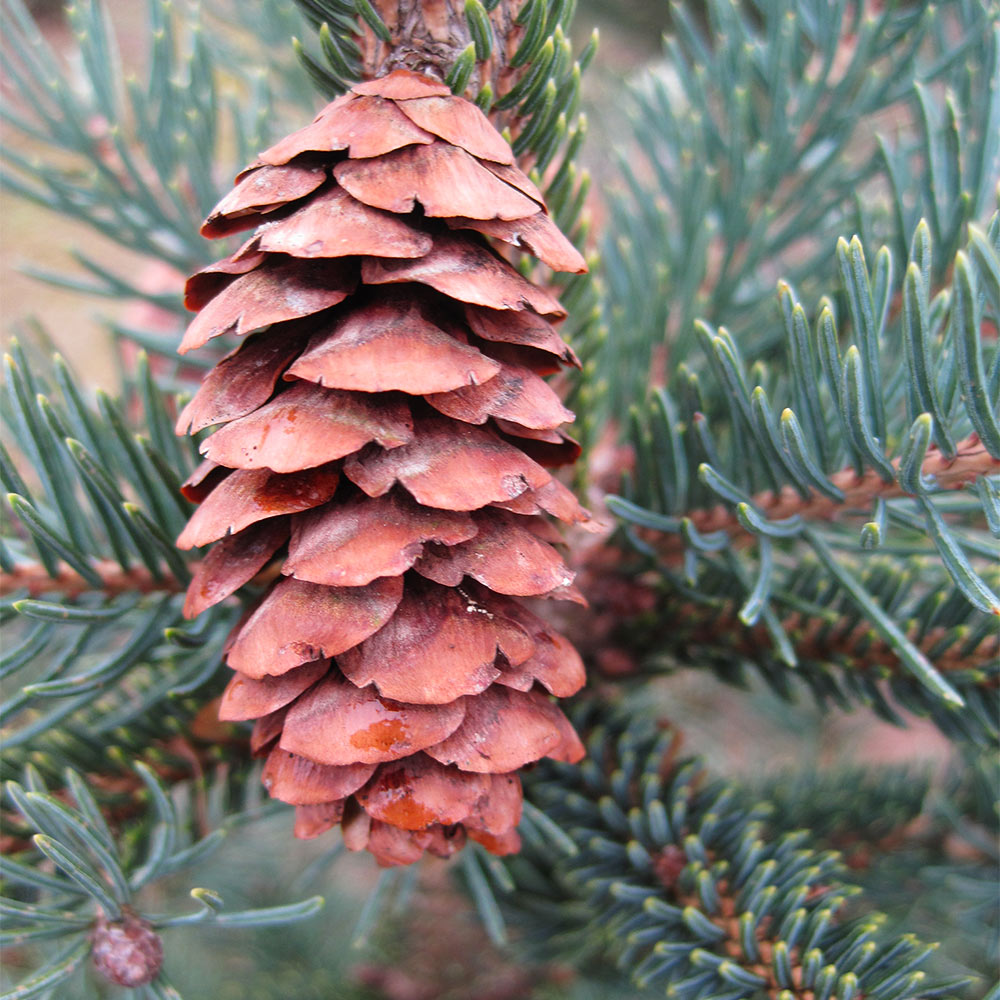

Comment